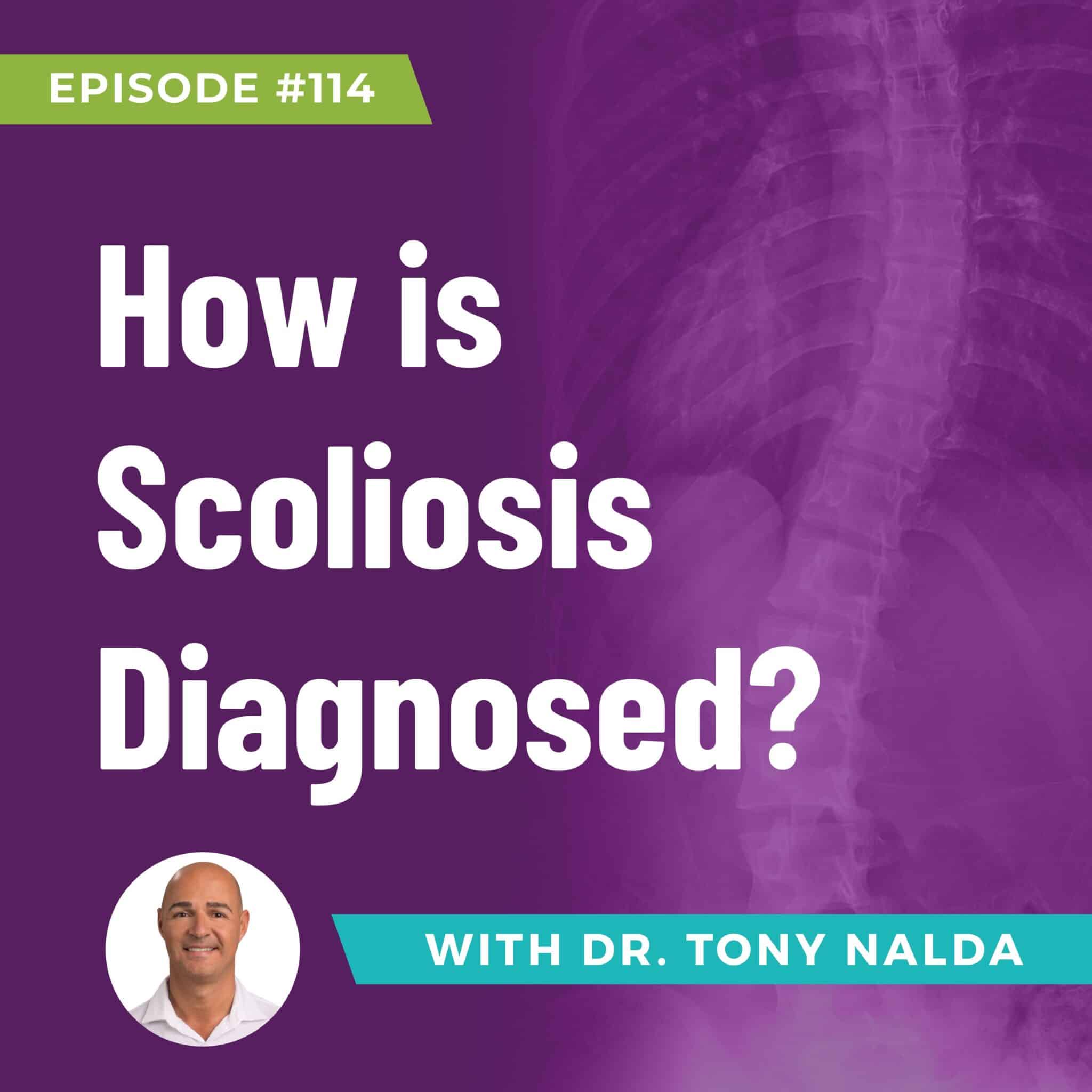Episode 114: How is Scoliosis Diagnosed?
Scoliosis is a condition affecting millions of people, particularly during their growth years. While it can be alarming, early diagnosis and treatment can greatly improve outcomes. In this episode, Dr. Tony Nalda provides comprehensive insights into how scoliosis is diagnosed and the importance of early detection.
Understanding Scoliosis
Scoliosis is characterized by an abnormal curvature of the spine. It affects nearly 7 million people in the U.S., with many more likely undiagnosed, especially adults who never realized they had the condition. This spinal disorder is most commonly diagnosed in school-aged children, typically during their growth spurts. There are various forms of scoliosis, but the majority (about 80%) are classified as idiopathic scoliosis, meaning the cause is unknown and likely multifactorial.
Types of Scoliosis
- Idiopathic Scoliosis - This is diagnosed by exclusion, meaning all other potential causes are ruled out. It is the most common type, particularly in adolescents.
- Neuromuscular Scoliosis - Caused by conditions affecting the nervous or muscular systems, such as neurofibromatosis or Marfan syndrome.
- Congenital Scoliosis - Present at birth, caused by malformed vertebrae.
- Degenerative Scoliosis - This develops in adults due to the degeneration of spinal components, often seen in women around the age of 50.
- Traumatic Scoliosis - Results from a significant trauma to the spine.
In children, scoliosis often goes unnoticed because it usually doesn't cause pain or visible symptoms beyond postural changes. Common early signs include:
- Uneven shoulders or hips
- Rib deformities
- Postural changes
In adults, the primary symptom tends to be pain due to spinal compression and degeneration.
How Scoliosis is Diagnosed
The definitive method for diagnosing scoliosis is through imaging, typically an X-ray, which provides a clear view of the spine's alignment. The most comprehensive X-ray examines the entire spine from the skull to the pelvis.
Key Diagnostic Criteria
- Cobb Angle - A measurement used to determine the degree of spinal curvature. A Cobb angle of 10 degrees or more, along with spinal rotation, confirms scoliosis.
- Rotational Component - Essential for a scoliosis diagnosis, indicating a three-dimensional spinal problem.
After diagnosis, scoliosis is further classified based on factors like:
- Age at onset (infantile, juvenile, adolescent, adult)
- Location of the curve (thoracic, thoracolumbar, lumbar)
- Severity (mild, moderate, severe)
However, even mild scoliosis can progress and cause significant problems if left untreated. Therefore, early detection and proactive treatment are crucial.
Proactive Treatment
The Scoliosis Reduction Center advocates for early intervention. Smaller curves are easier to treat, and addressing scoliosis early in life offers the best outcomes, potentially avoiding invasive surgeries later. Traditional approaches often suggest waiting until scoliosis becomes severe enough to require surgery, but a proactive treatment philosophy aims to prevent the progression of scoliosis through early and effective interventions. Understanding how scoliosis is diagnosed and the importance of early treatment can make a significant difference in managing this condition.
If you want to know more, tune in to Dr. Tony Nalda’s podcast to gain valuable information and insights into the latest scoliosis treatments and management strategies.
Artlist.io 847544
Podcast: Play in new window | Download
Subscribe: RSS
Dr. Tony Nalda
DOCTOR OF CHIROPRACTIC
After receiving an undergraduate degree in psychology and his Doctorate of Chiropractic from Life University, Dr. Nalda settled in Celebration, Florida and proceeded to build one of Central Florida’s most successful chiropractic clinics.
His experience with patients suffering from scoliosis, and the confusion and frustration they faced, led him to seek a specialty in scoliosis care. In 2006 he completed his Intensive Care Certification from CLEAR Institute, a leading scoliosis educational and certification center.
About Dr. Tony Nalda
 Ready to explore scoliosis treatment? Contact Us Now
Ready to explore scoliosis treatment? Contact Us Now








